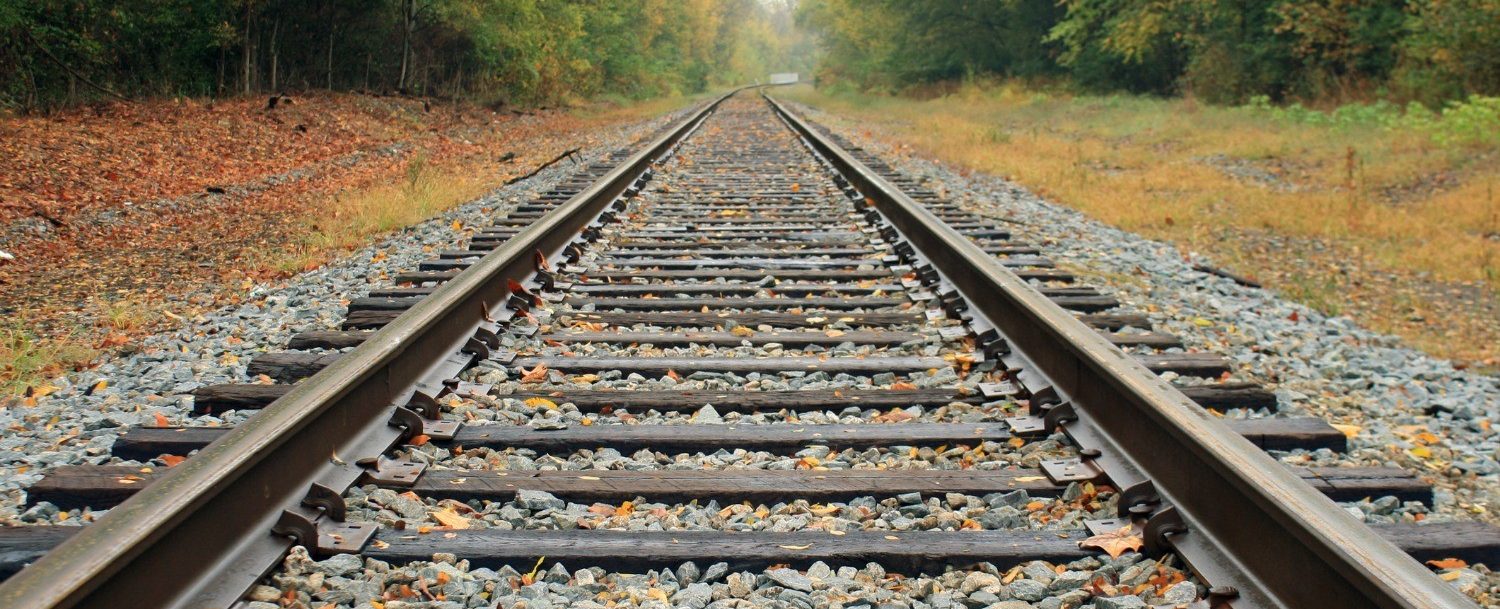
A Californian for nearly 50 years I’ve infrequently traveled by train but I grew up in the suburbs of New York and took the train to Manhattan from time-to-time. My earliest memory of a long train trip was when I was eight years old and my family took an overnight train to Florida.
Trains really did go clicketty-clack as the wheels rolled over the non-welded gaps between the adjacent ends of the steel rails. Depending upon train speed, the rhythmic clicketty-clack was fast or slow, but ever-present. We traveled in a “sleeper” car compartment, sounds and movements either lulling us to sleep or waking us up, depending upon the conditions.
Train movements back then were something remarkable. Hand-holds were everywhere as walking or moving meant being tossed from side to side, unpredictably and sometimes harshly. Even moving within our little compartment took a leap of faith as I found myself suddenly propelled across the seat into a wall or onto the floor. Moving between jangling cars open to the air was downright dangerous. It was a unique experience, and I loved it.
Late at night I would wake and gaze out the window to discover we were pulling into some dimly-lit backwater peopled by station workers and a few bedraggled travelers. Coming to rest the cars would butt, bump, clang, screech and finally jerk to a stop. I can best compare the physical experience of traveling by train in 1956 to a non-stop earthquake.
Trains played a key role in the history of the industrialization of America. Forming the digestive tract of industry, tracks kept things moving from supplier to producer and producer to consumer. A passenger train provided glimpses of the messy side of commerce, exposing riders to the backside of industry and the varied wastes and refuse that accumulated all along the rails. Using a toilet on that trip to Florida, I was fascinated at the view of the ground moving beneath us when flushing; a flap opened and our crap joined all the other crap dumped rail-side. The power of a city was relative to its place on the train map, and points of convergence became places of political and economic power. Vast fortunes were made and lost by train magnates, and train-line rights-of-way remain a valuable asset to this day.
The first freeways followed the train routes, since commerce had by then been well established in cities served by trains, and as autos and long-haul trucking became a more flexible part of multi-modal transport, trains fell somewhat out of favor. Their cousins, the street-cars, all but disappeared.
My wife and I recently took the train from Salzburg, Austria to Prague, in the Czech Republic. As we moved eastward, it was like a trip back to my childhood. The tracks, now welded, didn’t clicketty-clack anymore, but the hand-holds were still a necessity. We changed trains once out of Austria and found ourselves time-traveling in a far-from-modern rail-car lunging through the littered digestive tract of country still recovering from Communist-era economic indigestion. When we asked we were told, “No food, no water.” The train broke down and we were transferred in a packed bus to a station further up the line. Now that’s something that never happened on my way to Florida.